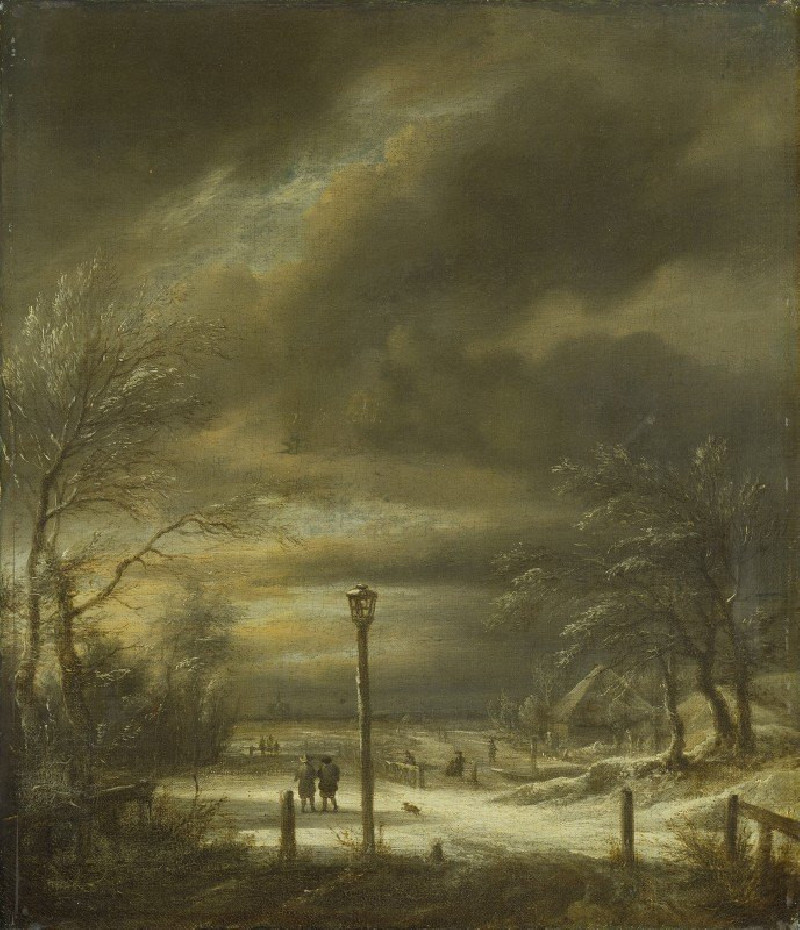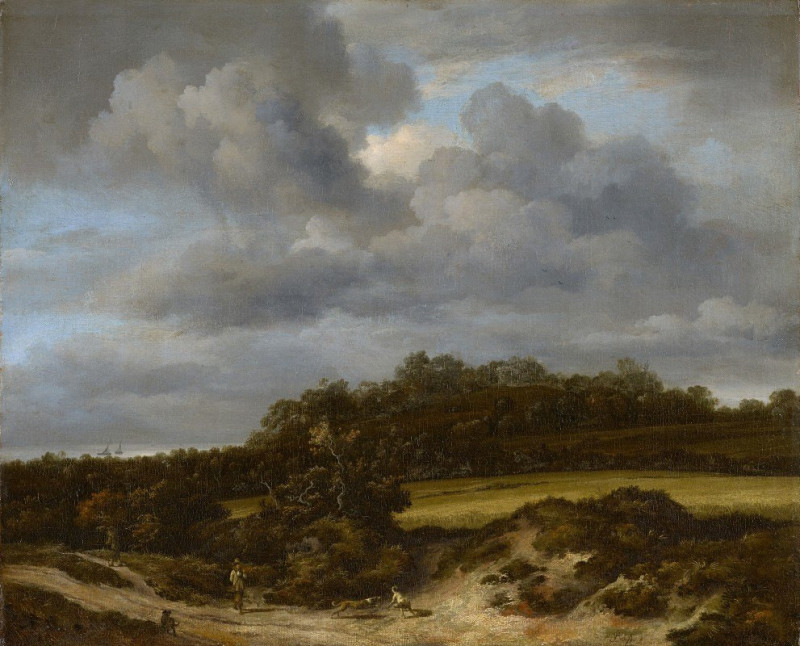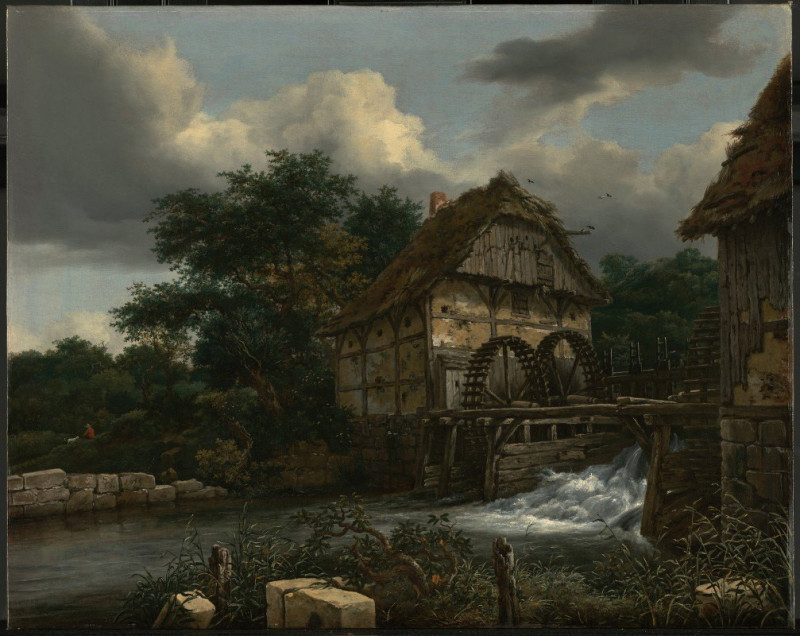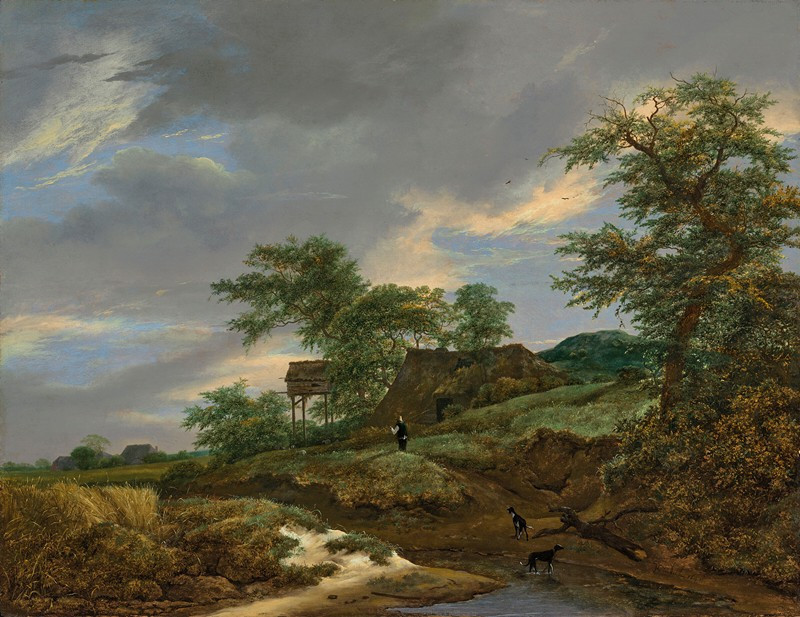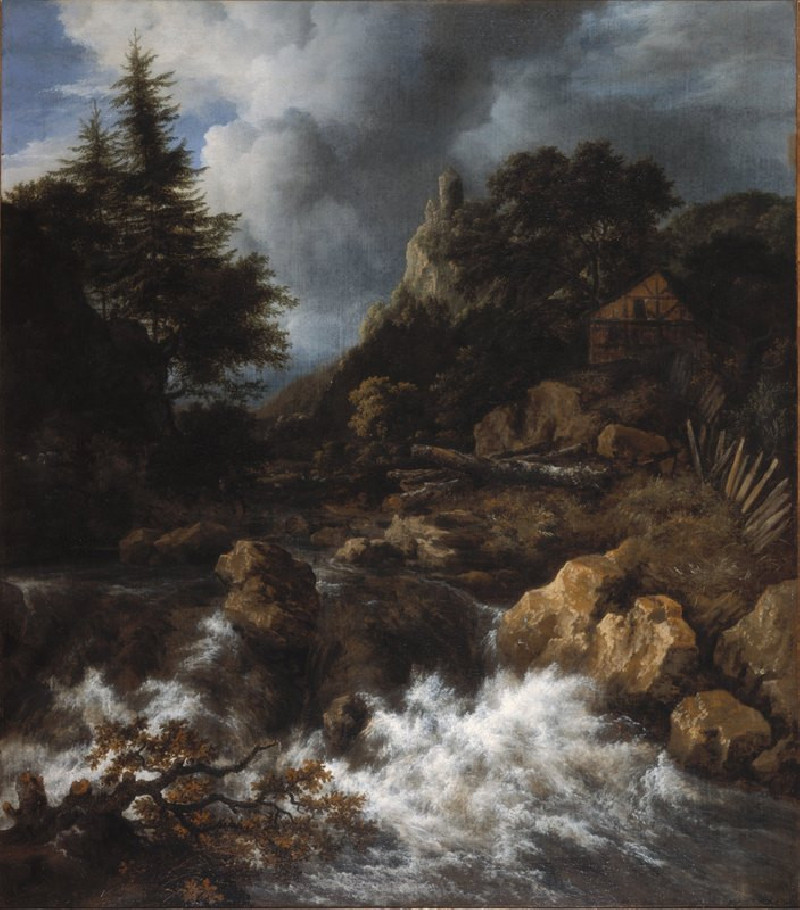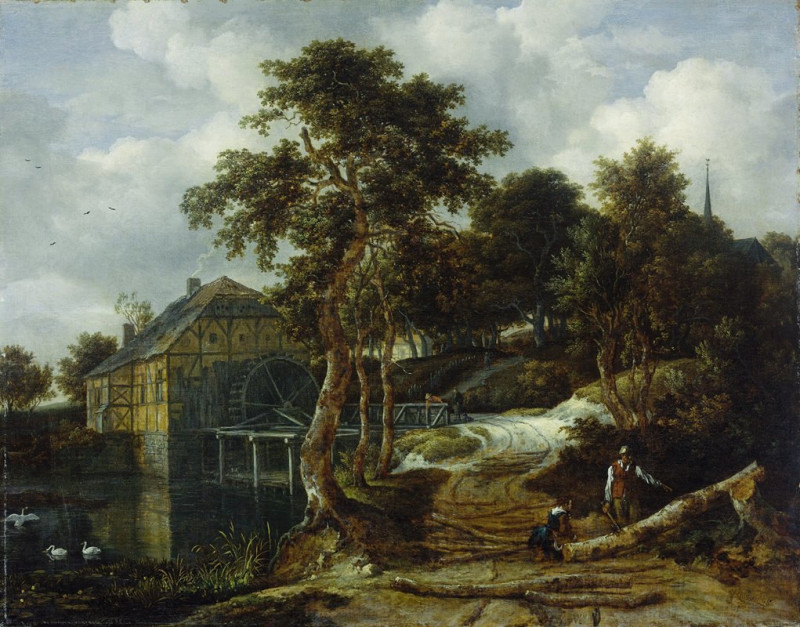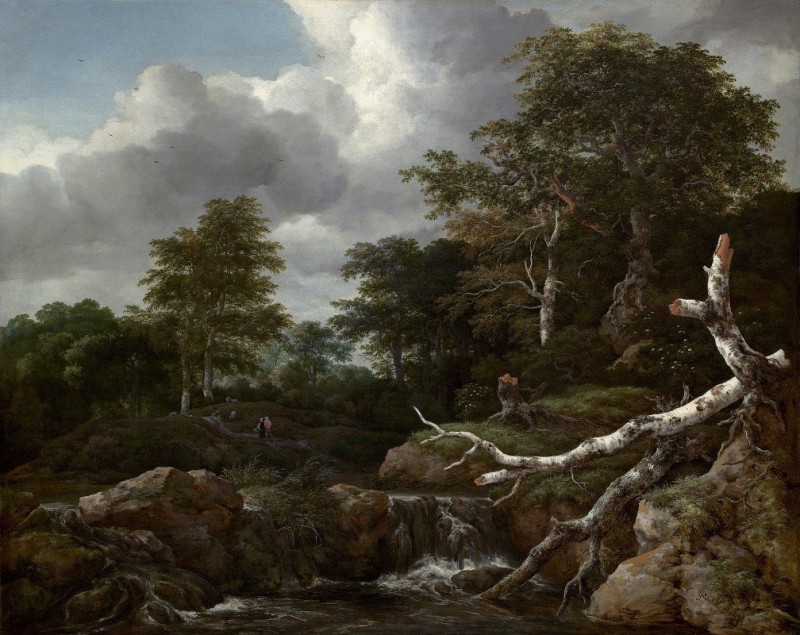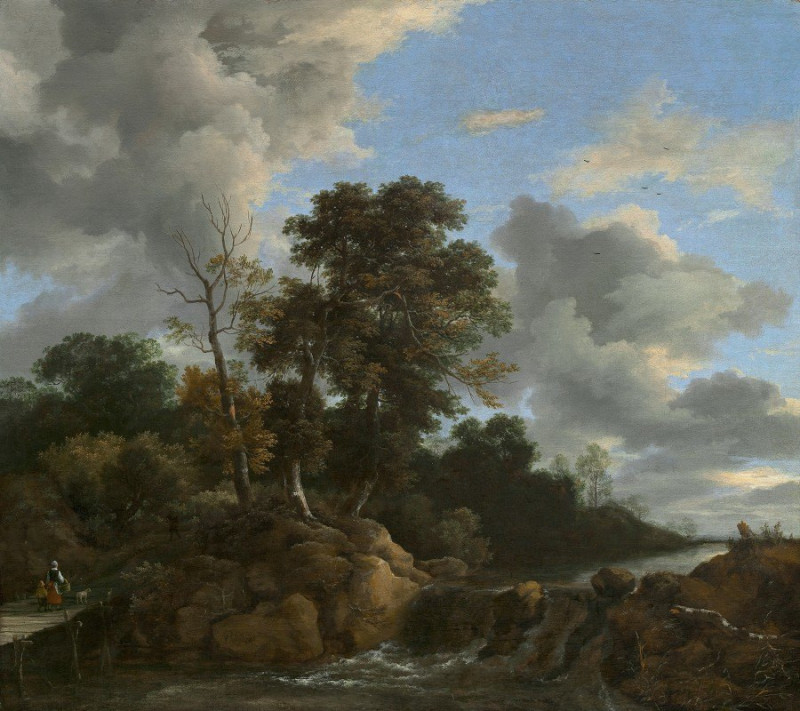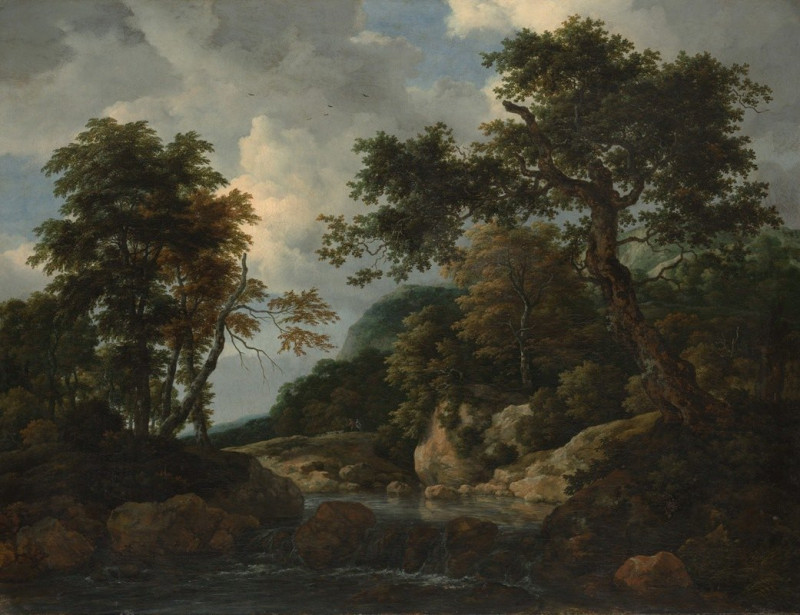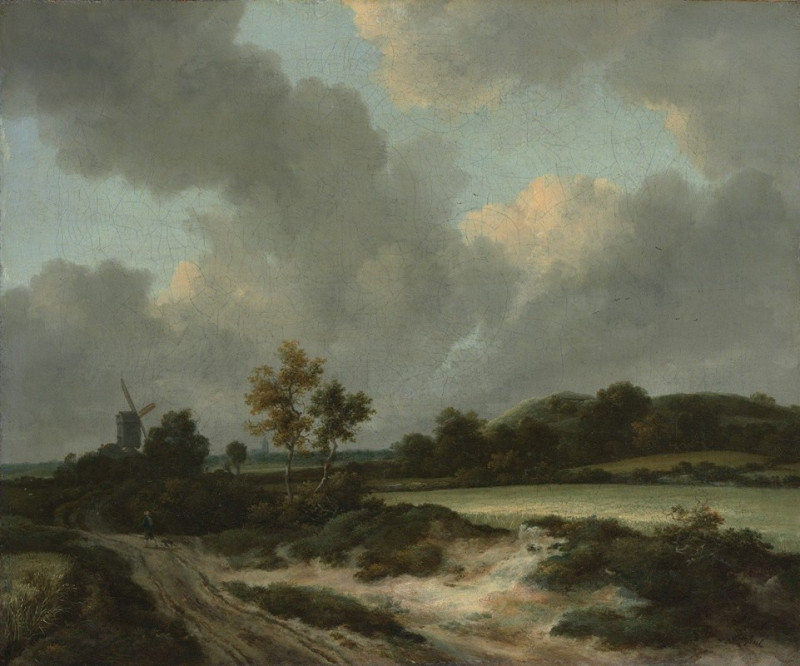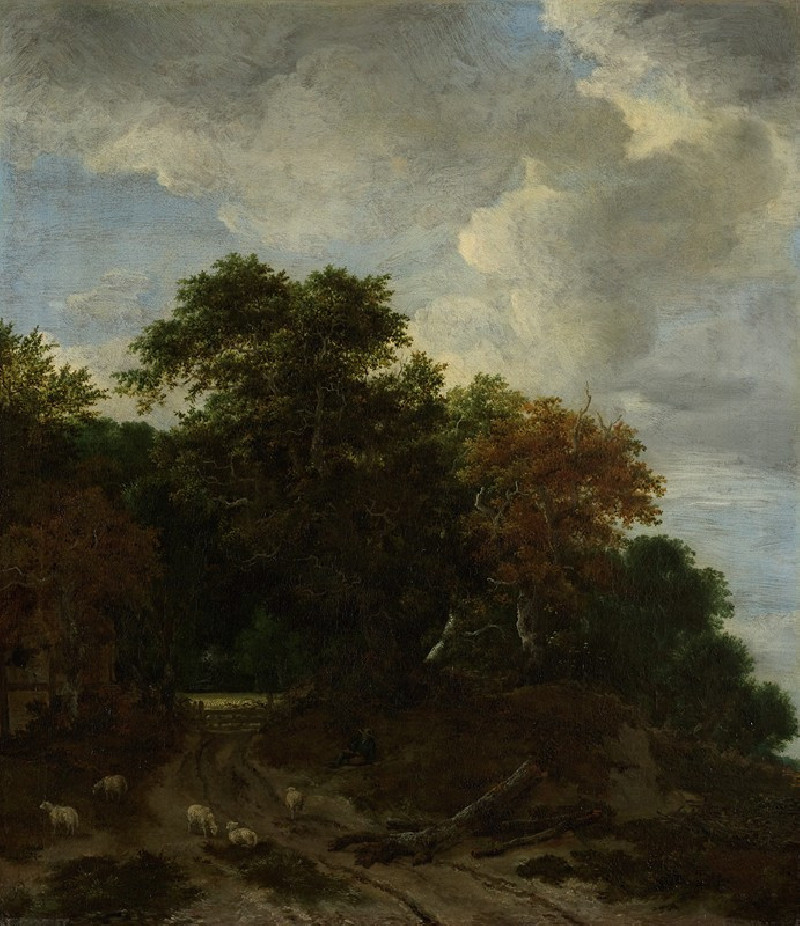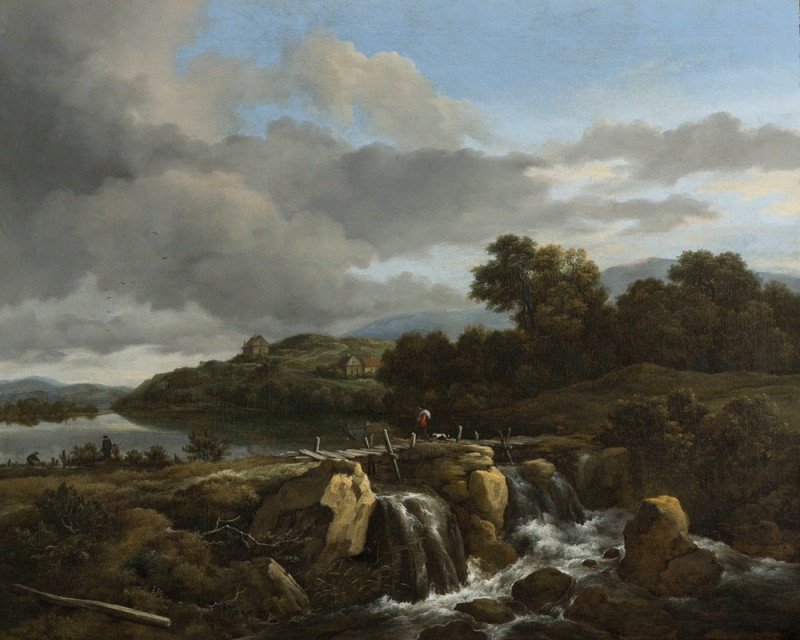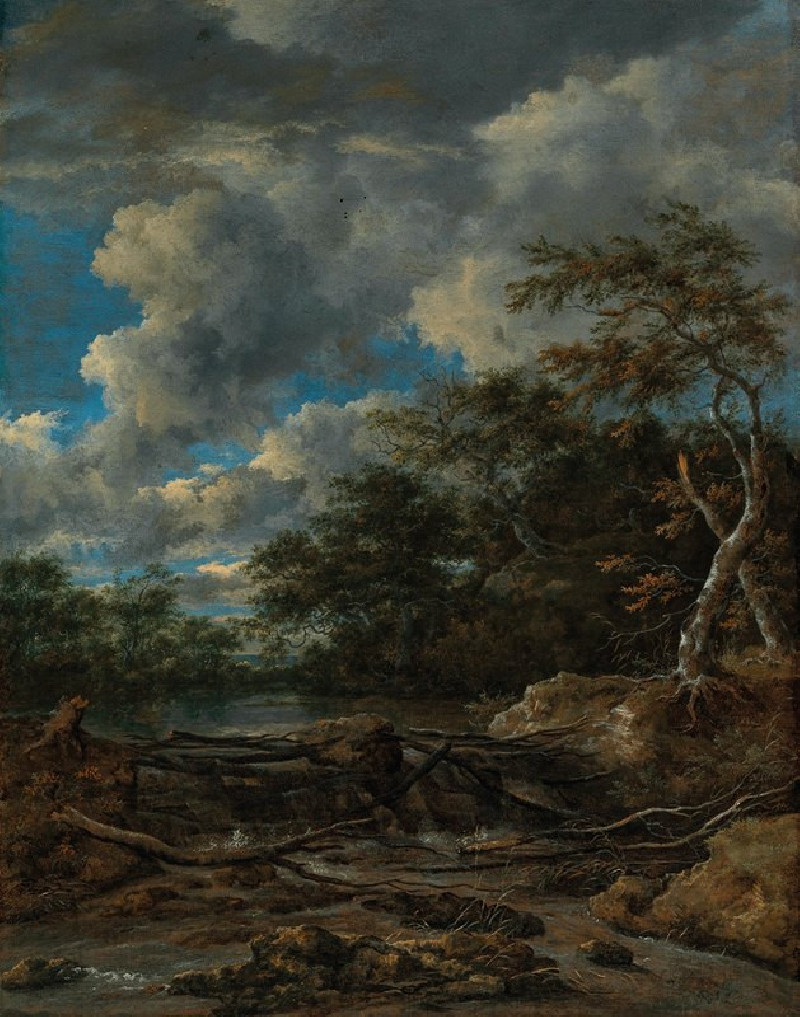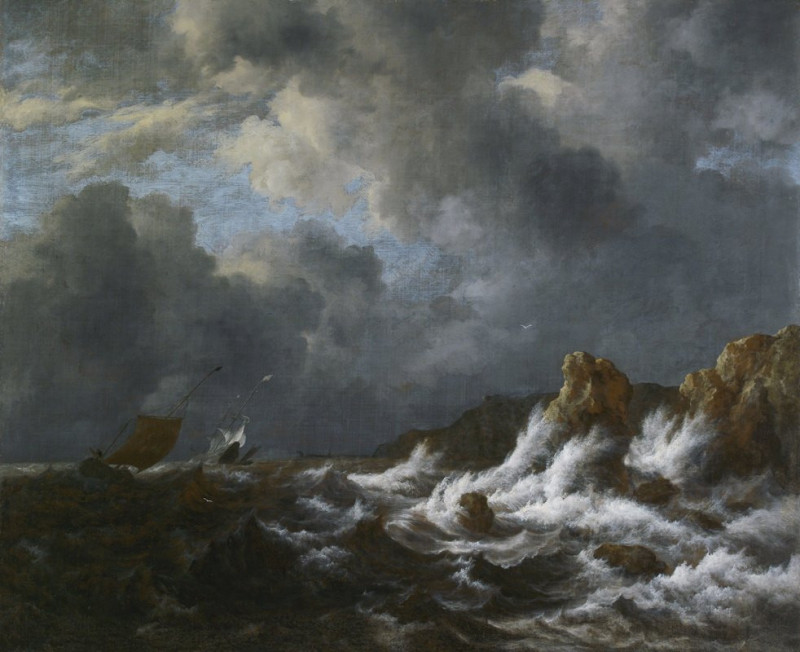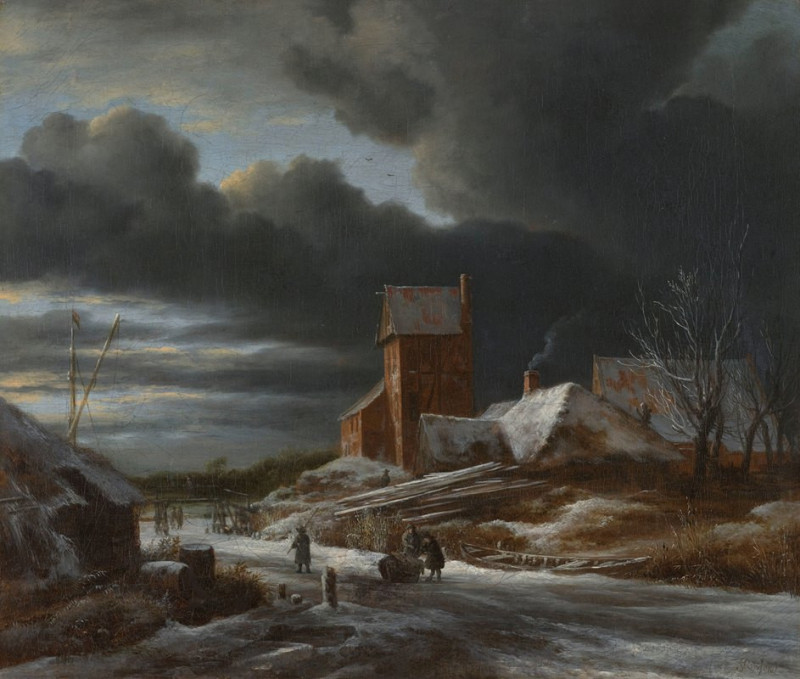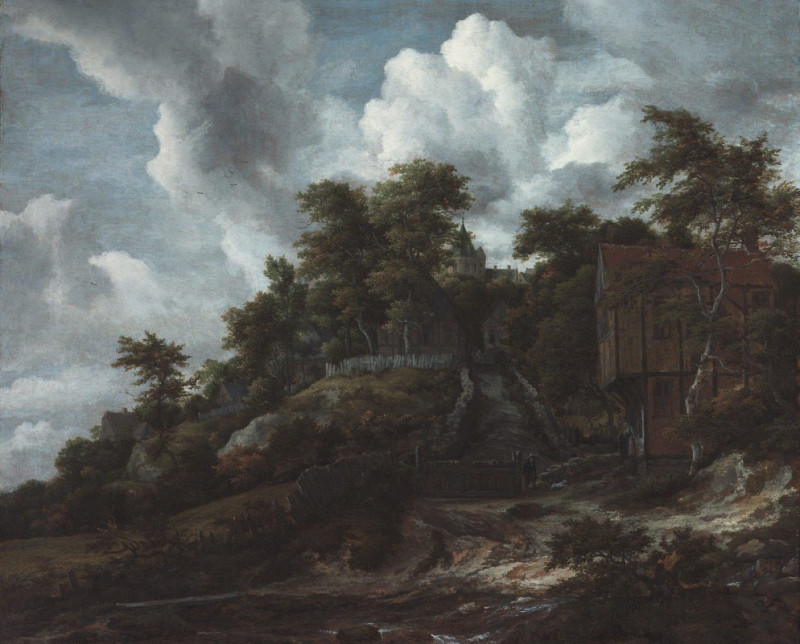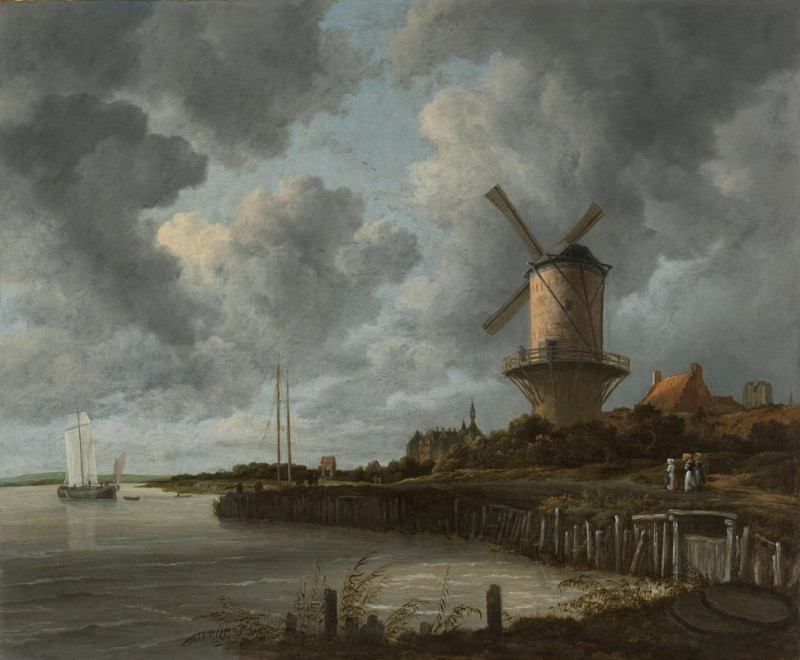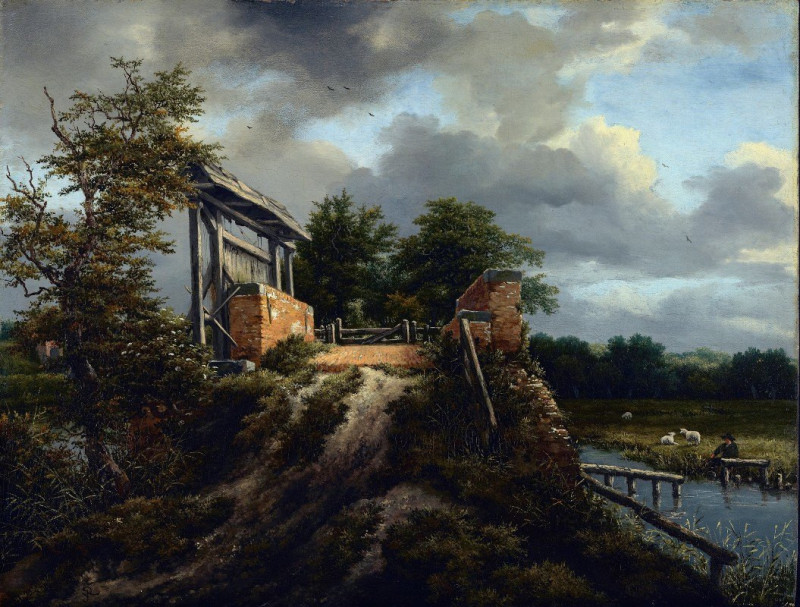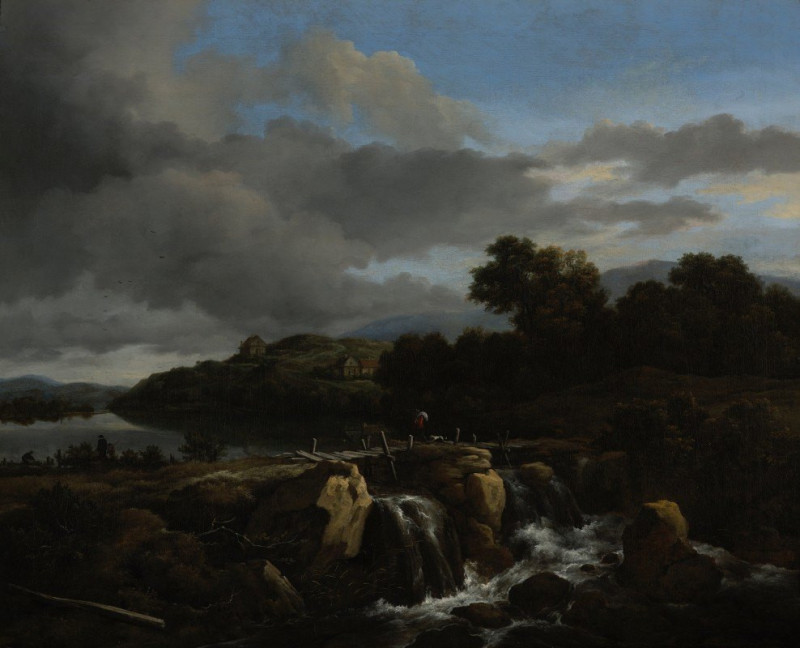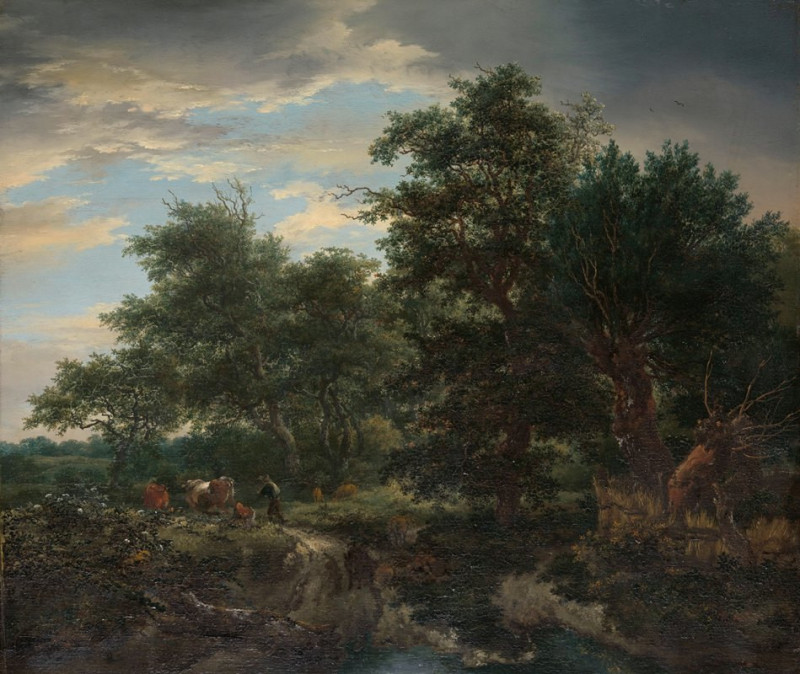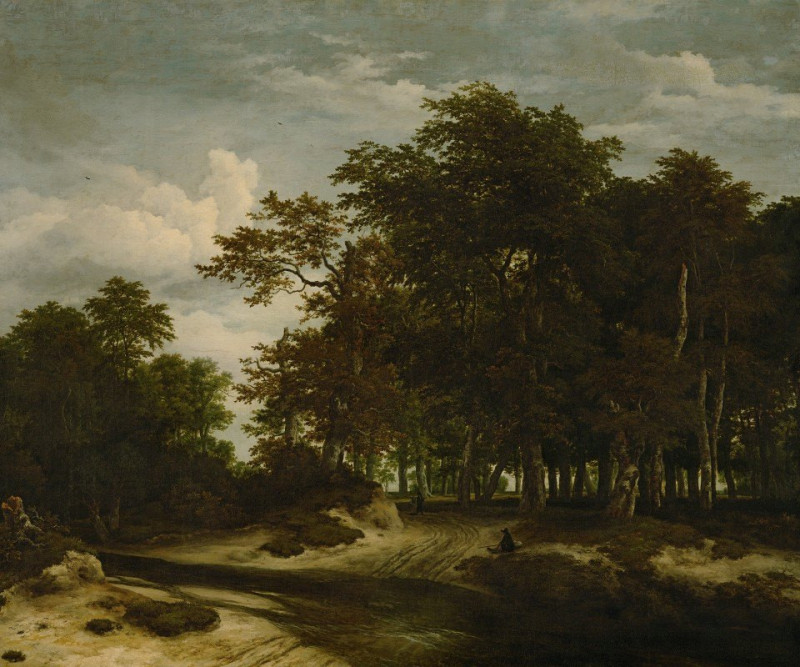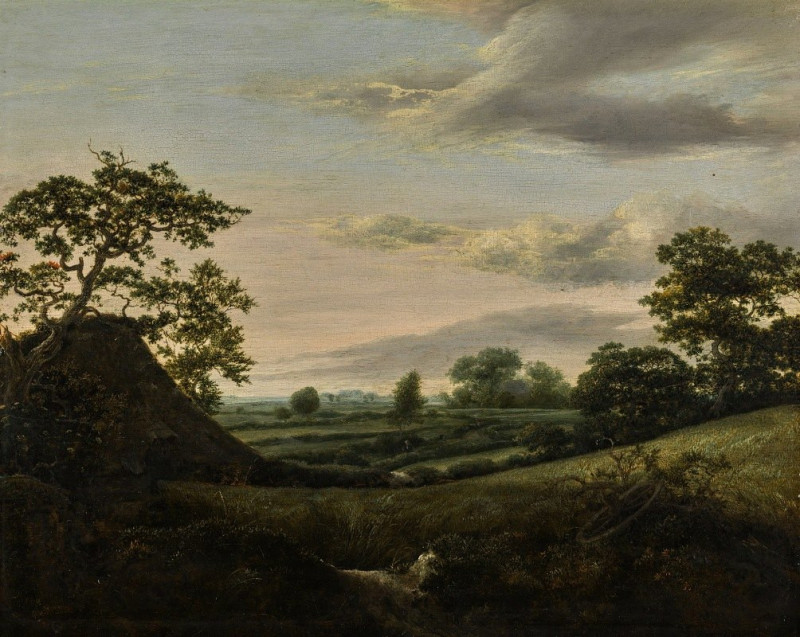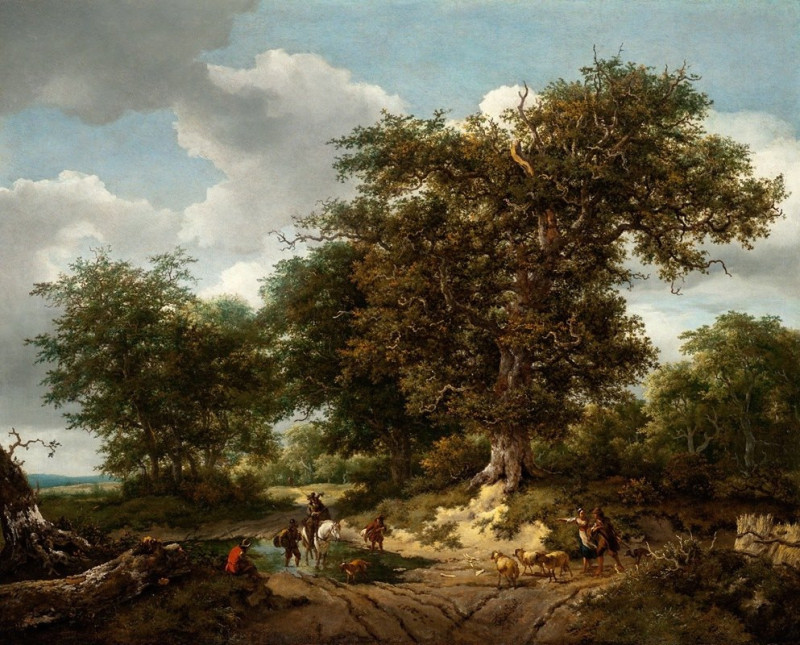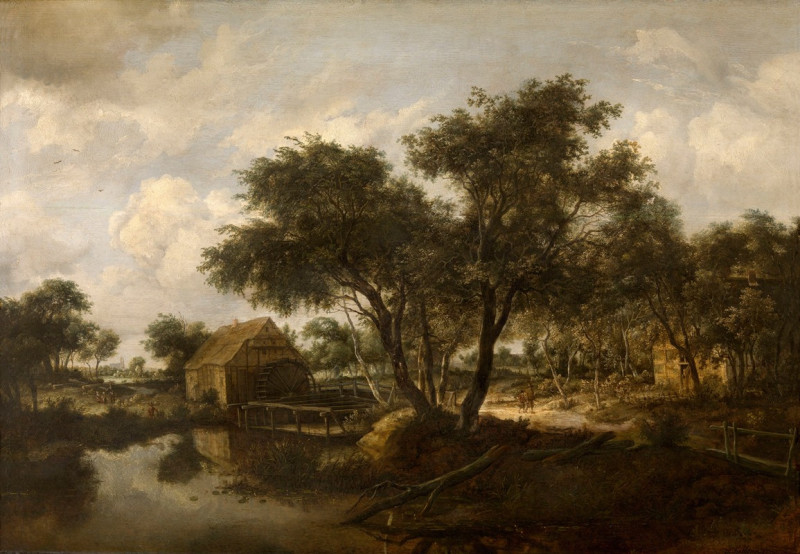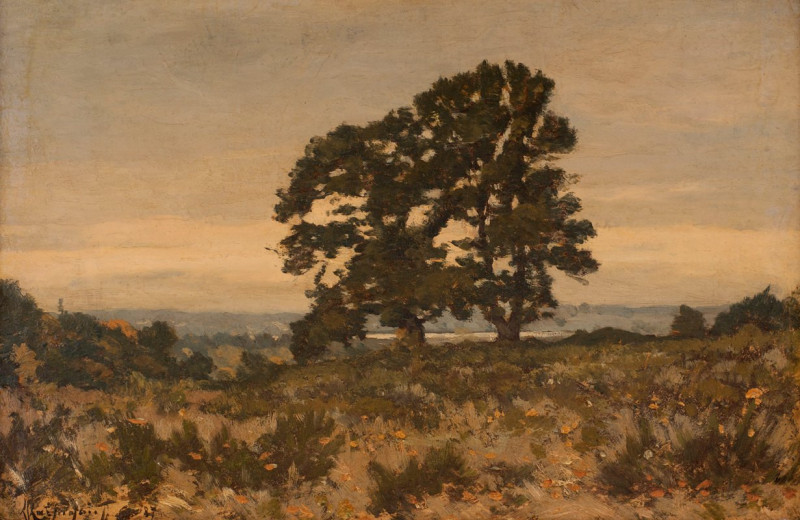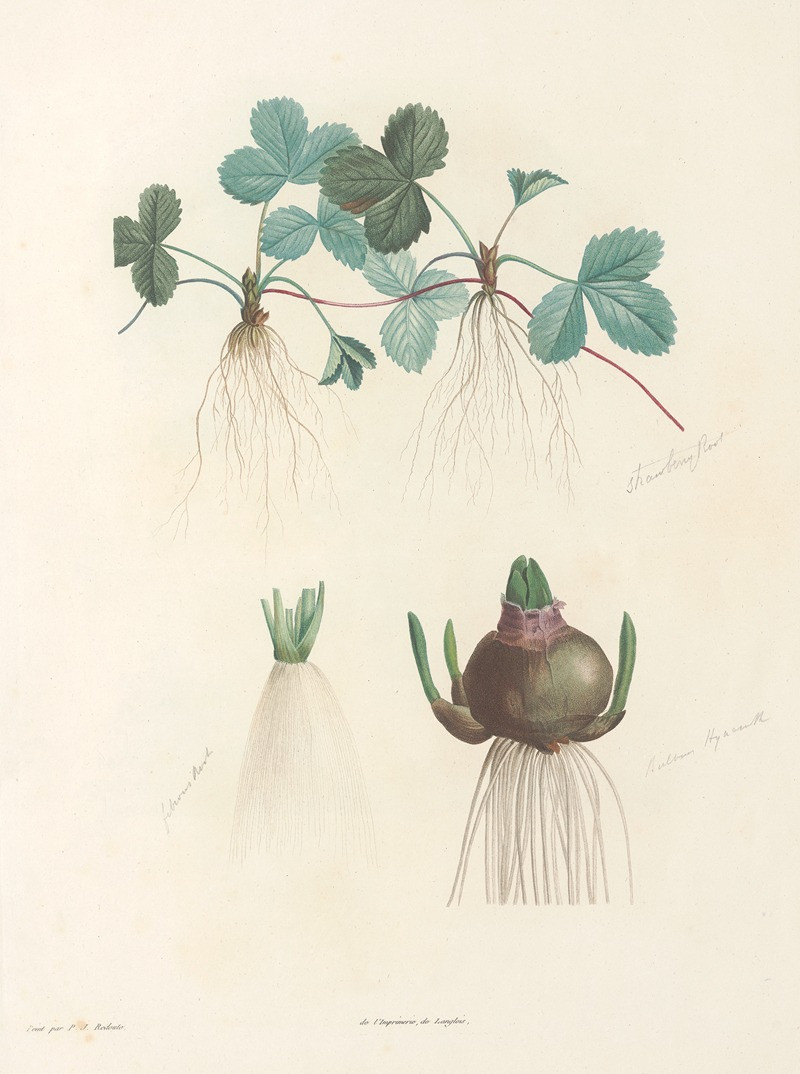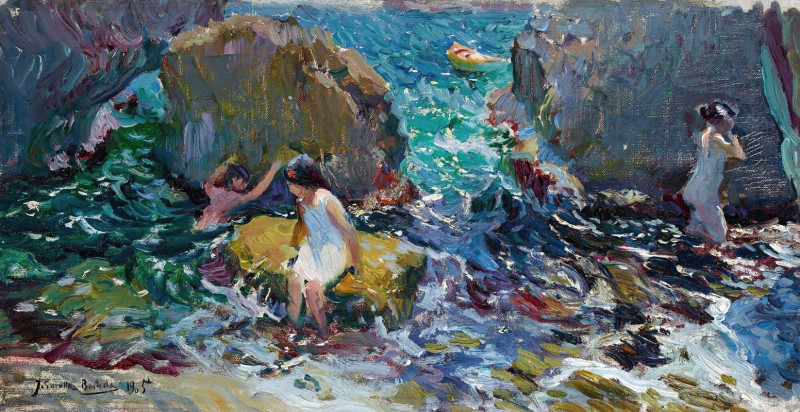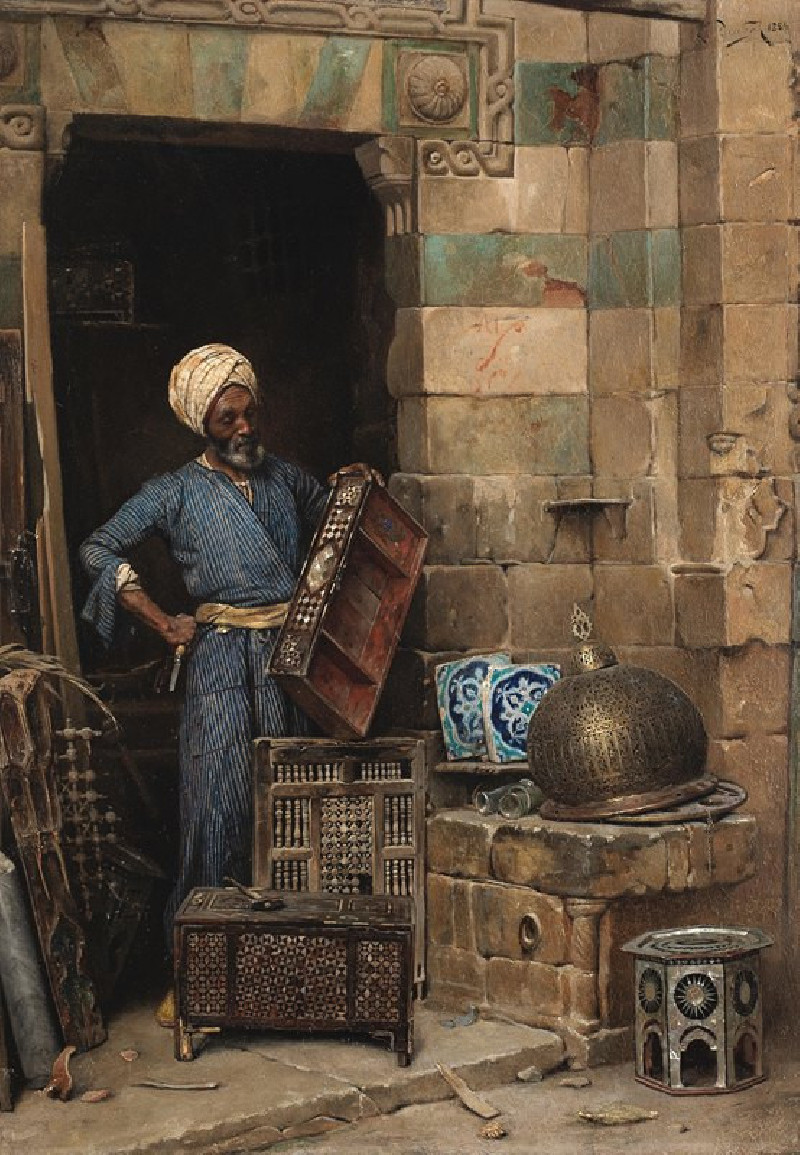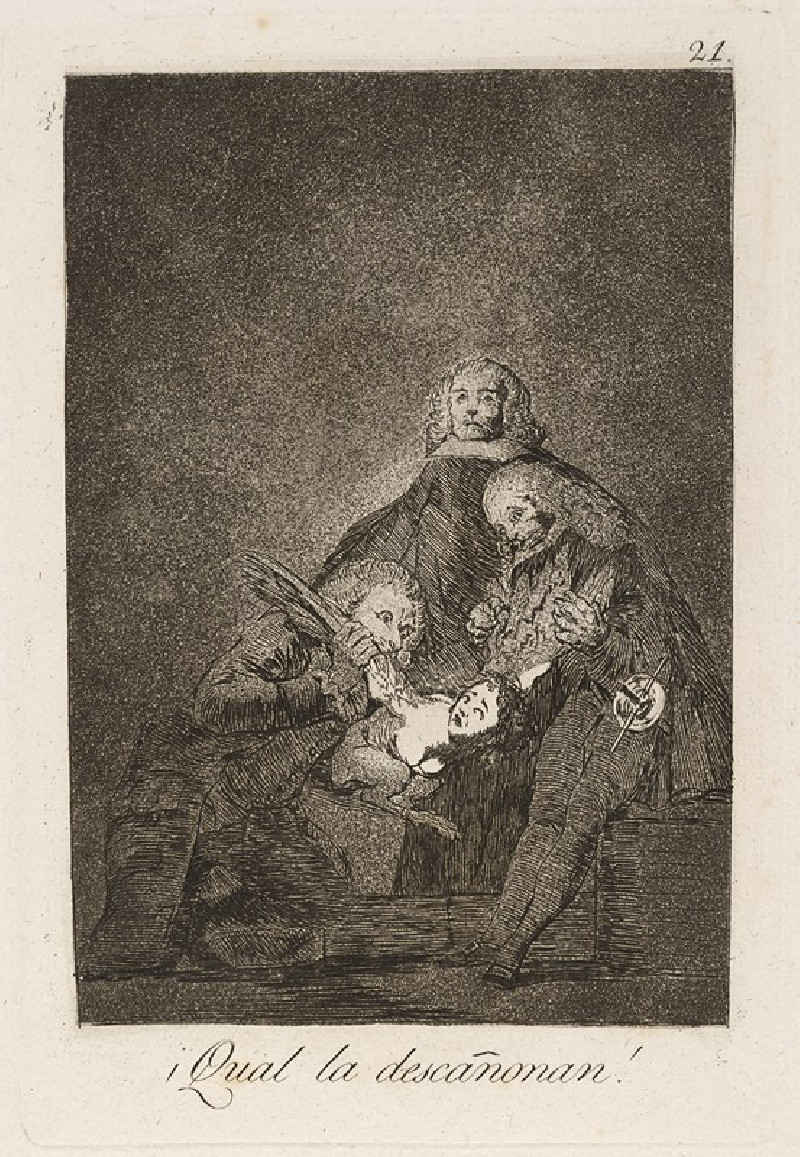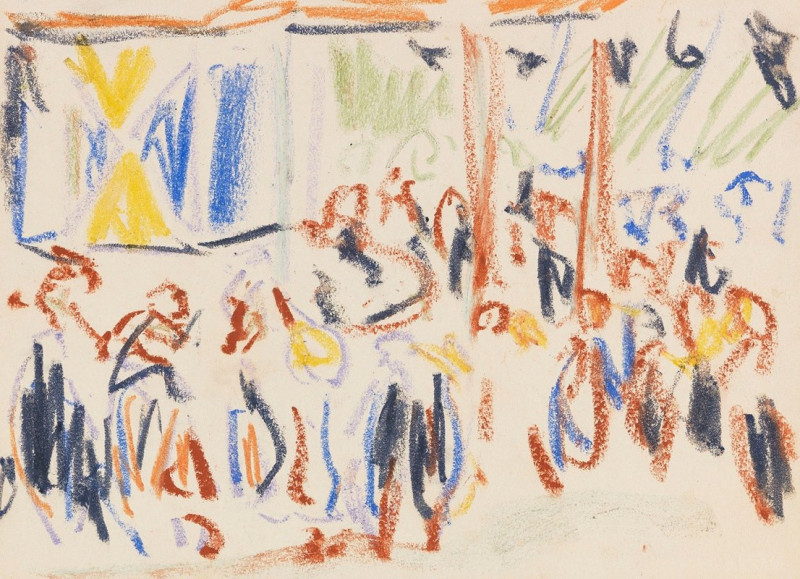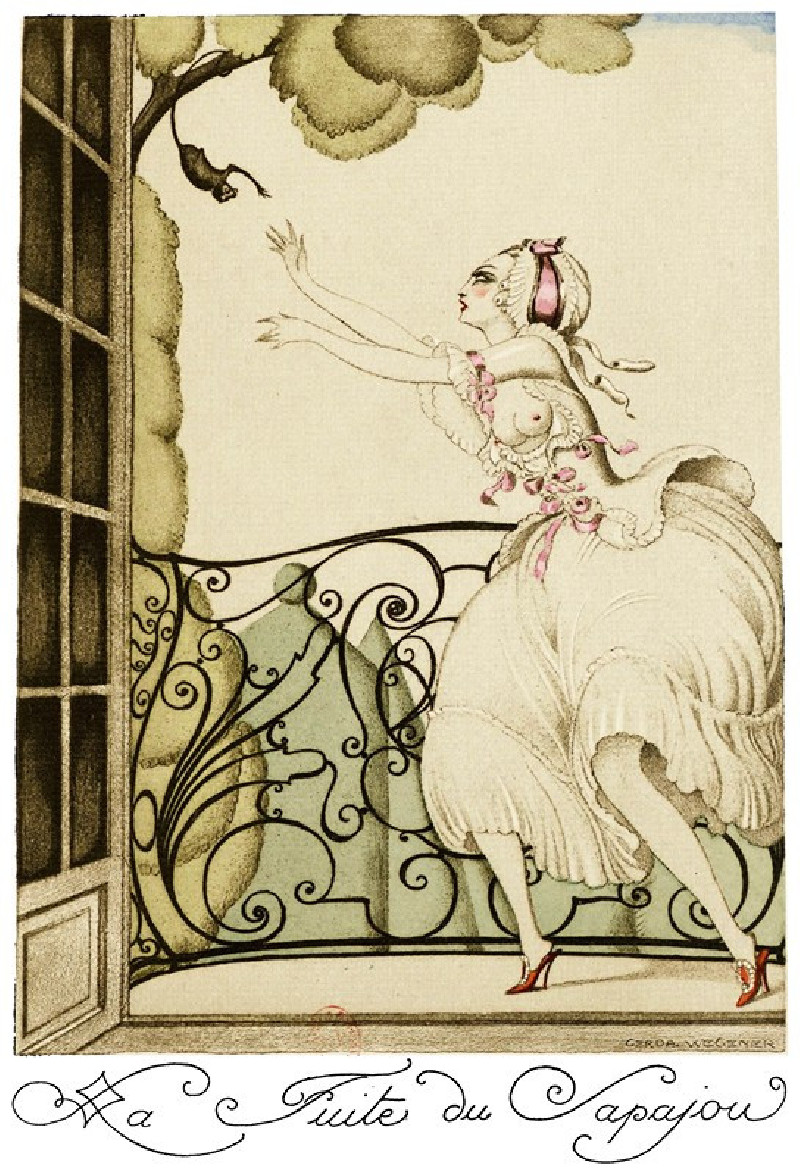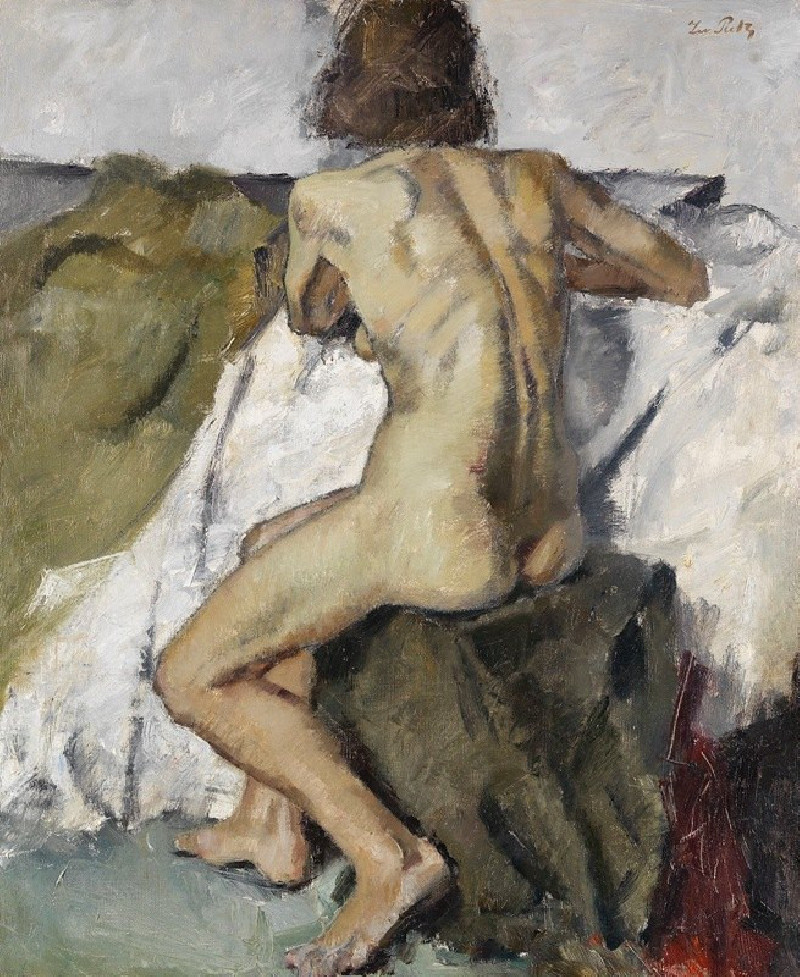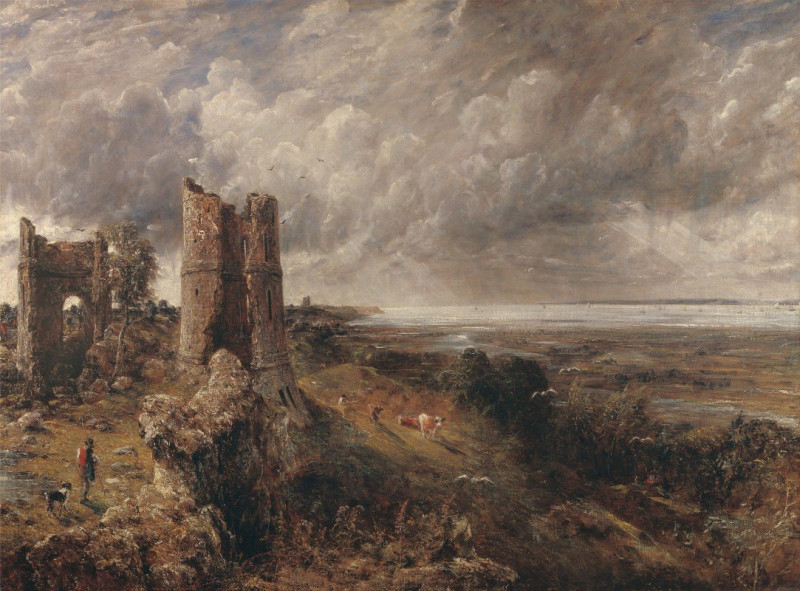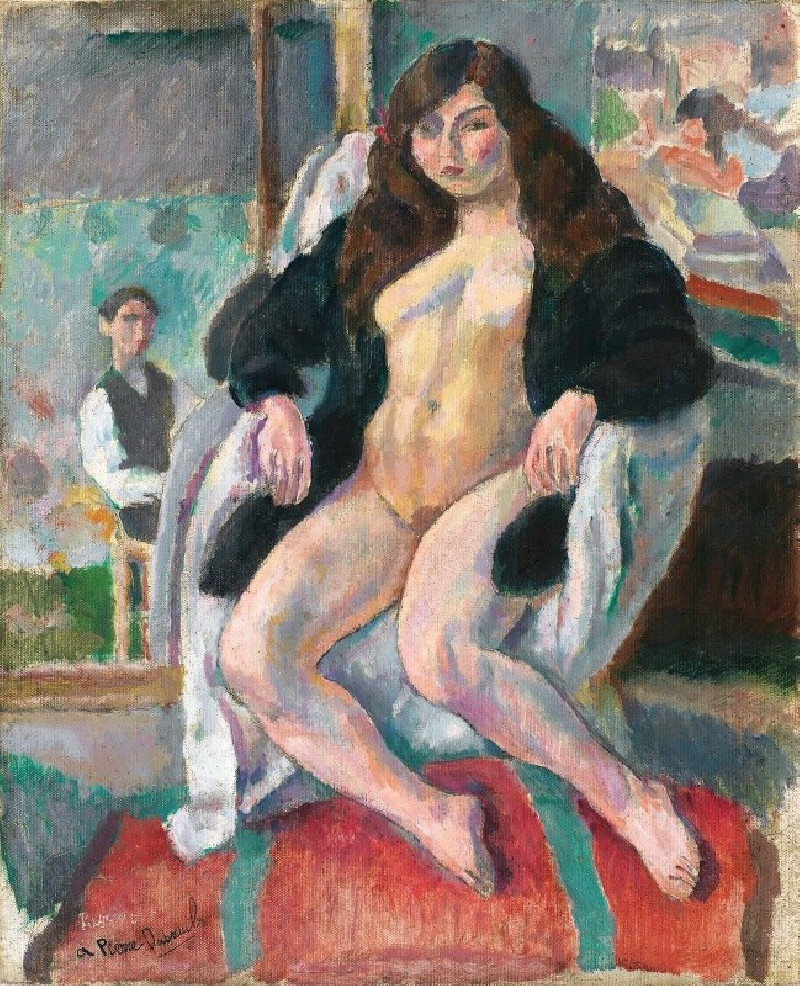Sandy Cliff (1647)
Technique: Giclée quality print
Recommended by our customers
More about this artwork
Jacob van Ruisdael's remarkable painting, titled "Sandy Cliff," created in 1647, delivers a gripping depiction of a rustic landscape echoing the serene beauty and dramatic textures of nature. This work, painted during the Dutch Golden Age—a period noted for its pioneering portrayals of natural scenery—highlights Ruisdael’s mastery in capturing the essence of the Dutch countryside."Sandy Cliff" is framed by a dynamic sky, where shifting clouds catch the warm glow of a concealed sun, suggesting the transient light of either early morning or late afternoon. The central focus of the piece is the curving riverbank, exposing a rich, sandy cliff. The textures here are palpable: viewers can almost feel the roughness of the sandy soil interlaced with patches of grass and dark earth.A serene waterway mirrors the eternally changing sky above, curving gently into the lush background. To the right, a narrow, winding path draws the eye further into the distance where a lone figure, perhaps a traveler or local worker, embodies human presence within the vast forces of nature. Another figure engages by a small boat near the water’s edge, evoking daily life’s connection to the landscape.Flanking the painting are robust trees and thickets, their leaves painted with meticulous attention to the play of light and shadow, emphasizing Ruisdael’s skill in botanical accuracy and atmospheric effect.Ruisdael’s "Sandy Cliff" invites viewers to ponder nature’s enduring power and beauty, as well as humanity’s small yet significant place within it. This painting is not just a visual journey but also a reflection on the tranquil and sometimes solitary experiences of rural life.



